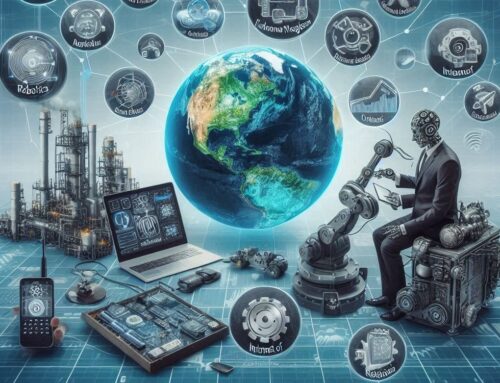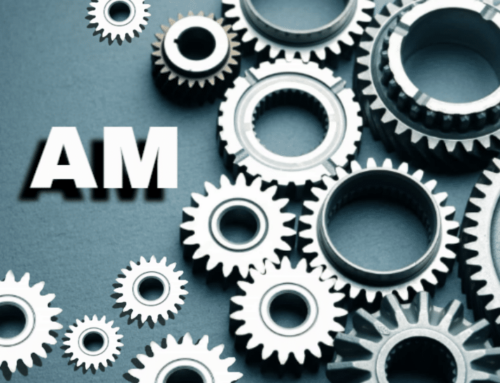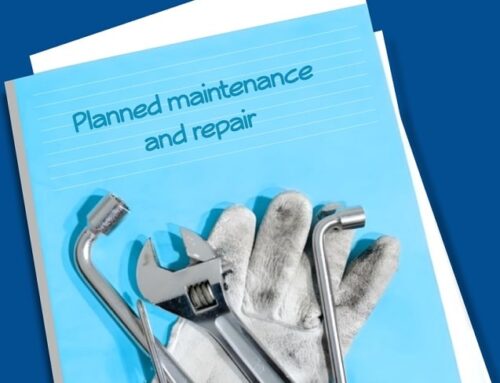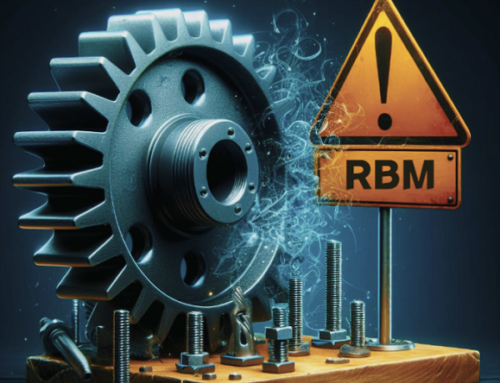Reasons for investing in the maintenance and repairs system
Before examining the reasons for investing in the maintenance and repair system, it should be known that the maintenance and repair system is a vital investment for every organization and company. This system includes the activities of maintenance, repair and improvement of various devices, equipment and structures of the organization.
Below are 11 of the most important reasons to invest in a maintenance system:
1. Increasing the useful life of equipment
The maintenance and repair system increases the useful life of the organization’s equipment and devices by helping to carry out regular and correct maintenance and repair activities. By investing in this system and following the rules and standards related to maintenance and repairs, the equipment will function well and premature failures will be avoided. This leads to savings in equipment replacement costs and increased investment durability.
2. Reducing costs
Correct and optimal maintenance and repair system can lead to reduction of operating costs related to breakdowns, unplanned repairs and sudden stops. By performing regular maintenance, preventive maintenance and improving maintenance activities, costs related to breakdowns and emergency repairs are reduced. Also, better performance of equipment and reduction in the number of breakdowns leads to reduction of production costs and increase in productivity. (Read our article for more information.)
3. High competitiveness
Investing in the maintenance and repair system can help companies to be highly competitive in their industry. With optimal equipment and proper performance, companies will be able to compete with other competitors and take over the market.
4. Increasing productivity
By investing in this system and regularly performing maintenance and repair activities, equipment and devices will function well and the possibility of sudden stops will be reduced. This improvement in equipment performance leads to increased productivity, reduced breakdowns, reduced equipment downtime and increased lifespan, and allows the organization to continuously and optimally perform its activities and thus experience greater productivity.
Different methods and strategies can be used to improve the efficiency of the maintenance and repair system. Below are some effective ways to improve the efficiency of the maintenance and repair system:
- Regular planning and scheduling: by setting specific times to perform preventive activities and periodic maintenance, the probability of failure and sudden stoppage is reduced and the productivity of the system is improved.
- Use of maintenance management software and technology: The use of maintenance management software (CMMS) can significantly improve the productivity of the maintenance and repair system. This software allows managers to plan, track and optimize maintenance activities and utilize optimal resource consumption. (For more information, contact us.)
- Training and awareness raising: training employees in the field of maintenance, repair and optimal use of equipment and devices by raising awareness about the correct maintenance methods, diagnosing problems and implementing preventive repairs can help improve the efficiency of the maintenance and repair system, and also employees can better work with the equipment work and identify and fix problems quickly.
- Equipment life cycle management: Equipment life cycle management includes determining the optimal time for repairing, renovating and revising the equipment. By carefully and regularly checking the performance of the equipment and determining the optimal time for preventive repairs and renovation, you can benefit from more useful life of the equipment and reduce the costs of emergency repairs. reduced.
- Data analysis and statistics: By using data analysis and statistics, common problems, failure patterns, optimal time for repairs and maintenance, high consumption units and other related information can be identified. This information can help managers to make better decisions regarding resource allocation and planning of maintenance and repair activities.
- Use of smart technology: Today, smart technologies such as the Internet of Things (IoT), sensors and smart devices are used in the field of maintenance and repairs. These technologies provide the possibility of collecting data and checking them in real time and help to diagnose problems and prevent breakdowns.
- Preventive maintenance: Instead of waiting for a failure to occur, preventive maintenance can improve the efficiency of the maintenance and repair system. By regularly inspecting equipment and repairing parts and equipment before failure, the possibility of sudden stoppages and emergency repair costs are reduced.
- Energy efficiency: Using high-efficiency equipment and implementing proper energy management can reduce costs and increase productivity, thereby improving the performance of the maintenance and repair system.
These methods are only a few examples of the solutions available to improve the efficiency of the maintenance and repairs system. Each specific organization and industry may have its own specific needs, so other specialized solutions may be required to improve productivity.
5. Reducing risks related to laws and regulations
In many industries, compliance with safety and maintenance rules and regulations is essential, and by investing in the maintenance and repair system, you can ensure compliance with maintenance and repair rules and regulations and avoid fines and legal problems.
6. Maintaining standards
The maintenance and repair system is very important to maintain the required quality and performance standards in the organization. By implementing regular maintenance and repair activities, the organization can meet the necessary standards and prevent quality and performance decline. This increases customer confidence and maintains market share.
7. Better forecasting and planning
By using intelligent technologies and data analysis, it is possible to make additional accurate predictions about the characteristics and reasons for investing in the maintenance and repairs system.
8. Optimal management of resources
An effective maintenance system allows managers to optimize their resources. With optimal planning of repairs and maintenance, time, labor and consumables can be managed in the best way and losses caused by resource inefficiency can be avoided.
9. Increasing customer satisfaction
Equipment and devices with proper and timely performance provide the possibility of providing better and timely services to customers. This can help increase customer satisfaction, retain existing customers, and attract new customers.
10. Guarantee of safety
The maintenance and repair system helps companies to ensure safety and health in the workplace, reduce possible risks and protect employees, suppliers, customers and other people in the workplace. To improve equipment safety, you can do the following:
- Risk assessment and identification: First, you need to identify the risks associated with the equipment. Check what kind of hazards there could be to equipment and personnel. It includes mechanical, electrical, chemical, thermal, and biological factors, etc., which by accurately identifying risks, you can take appropriate measures to reduce and prevent them.
- Use of standard and appropriate equipment: Ensure that the equipment used in your organization is standard and properly installed. Unsuitable and incompatible equipment can create hazards and threaten safety. Therefore, use quality and standard equipment and ensure that their installation and commissioning is done correctly.
- Employee Training and Awareness: Provide appropriate training, safety techniques, and teach employees the correct methods of using equipment. Communicate safety concepts to employees through workshops, training courses, and written information. Also, encourage employees to report hazards and adverse conditions to create a safety culture in the organization.
- Maintenance planning and monitoring: Regular maintenance of equipment ensures improved safety. Schedule equipment to be periodically inspected, repaired, and tested. Also, monitor that maintenance activities are performed correctly and on time.
- Implementation of safety processes: Ensure that the required safety processes in the organization are implemented properly. It includes reviewing and recording hazards, safety planning, use of protective equipment and compliance with safety instructions.
- Incident reporting and analysis: In the event of an incident or accident, you should report and analyze it in a way that you can use to improve safety. Investigating the causes of the accident and identifying preventive measures to prevent its recurrence is very important.
- Employee Involvement: Involve employees in the equipment safety improvement process. Their ideas and opinions can help identify risks and improve safety. Creating a culture of cooperation and participation in the organization can lead to significant improvements in equipment safety.
By implementing these measures, you can make significant improvements in the safety of your equipment. Also, remember that continuous improvement and follow-up of equipment safety requires commitment and strict adherence to safety measures, and the best way is to use an intelligent maintenance and repair software to control and manage all of the above.
11. Increasing public trust
A strong maintenance and repair system helps companies to increase public trust. When customers and other stakeholders see that a company cares about maintenance and repairs, trust in the company and its products increases.
By studying the reasons for investing in the maintenance and repair system, it should be concluded that investing in the maintenance and repair system helps companies to reduce costs, increase productivity, ensure safety and standards, and provide scope for renovation for equipment and structures. . This investment allows managers to optimally use their resources, including equipment and human resources, and improve the performance of the organization.








